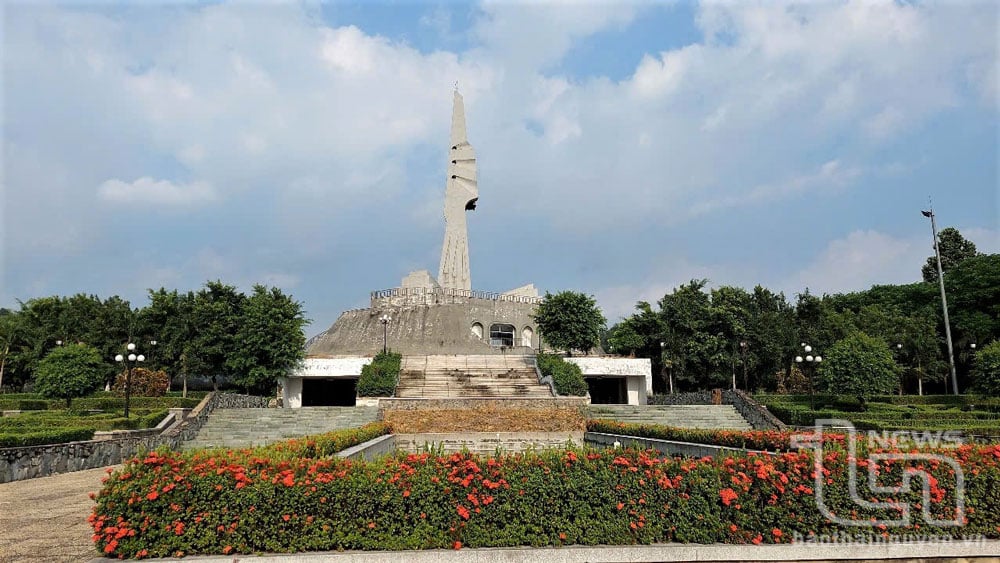 |
| The Iron Triangle Tunnel complex is a symbol of unwavering loyalty and indomitable spirit. |
During those historic April days, we returned to Lo O, An Tay ward, Ben Cat city ( Binh Duong province) to celebrate the 50th anniversary of the Liberation of Southern Vietnam and the reunification of the country. Along the roadside, bright pink banners and red flags with yellow stars fluttered in the early morning sun, and my heart suddenly sank as I recalled a time when the people and soldiers of An Dien, An Tay, and Phu An communes (Ben Cat town) built an underground fortress to live and fight in.
At that time, it was the southwestern area of Ben Cat town. The land was surrounded by the Saigon River and the Thi Tinh River. From 1948, the people of the three communes of An Dien, An Tay, and Phu An worked together to build tunnels to support the resistance. Due to the brutality of bombs and bullets, the people dug tunnels and trenches for shelter. Then, the tunnels grew longer and wider, connecting with each other, becoming a safe fortress, even if one tunnel entrance was discovered by the enemy, it could not harm lives.
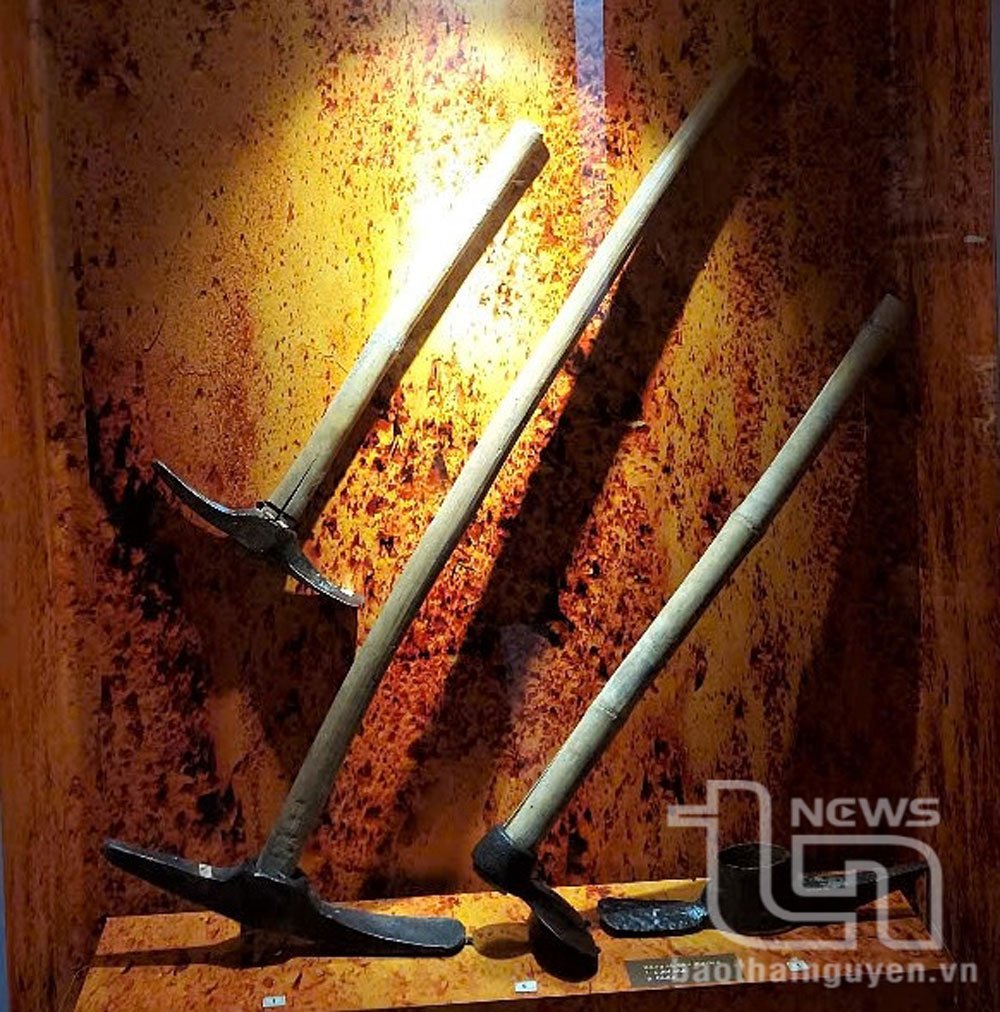 |
| Tools used by the people of the Iron Triangle for digging tunnels. |
In contrast to the opulence and splendor of the fortresses seen above ground, there was a damp, dark, cramped space filled with narrow tunnels and a lack of lighting. Yet, within these tunnels lived courageous, resourceful, and resilient people who endured two wars against French colonialism and American imperialism.
First the fathers, then the sons, all digging deep into the earth, creating a massive tunnel system, in many places more than 4 meters deep. Bomb blasts and tremors on the surface did not affect life inside the tunnels. The digging was arduous, but the people's spirits soared as they sang: "Husband carries shovel, wife carries hoe / Children carry lanterns and ladles behind / The whole family works together / Digging holes, digging trenches, protecting against bullets and bombs."
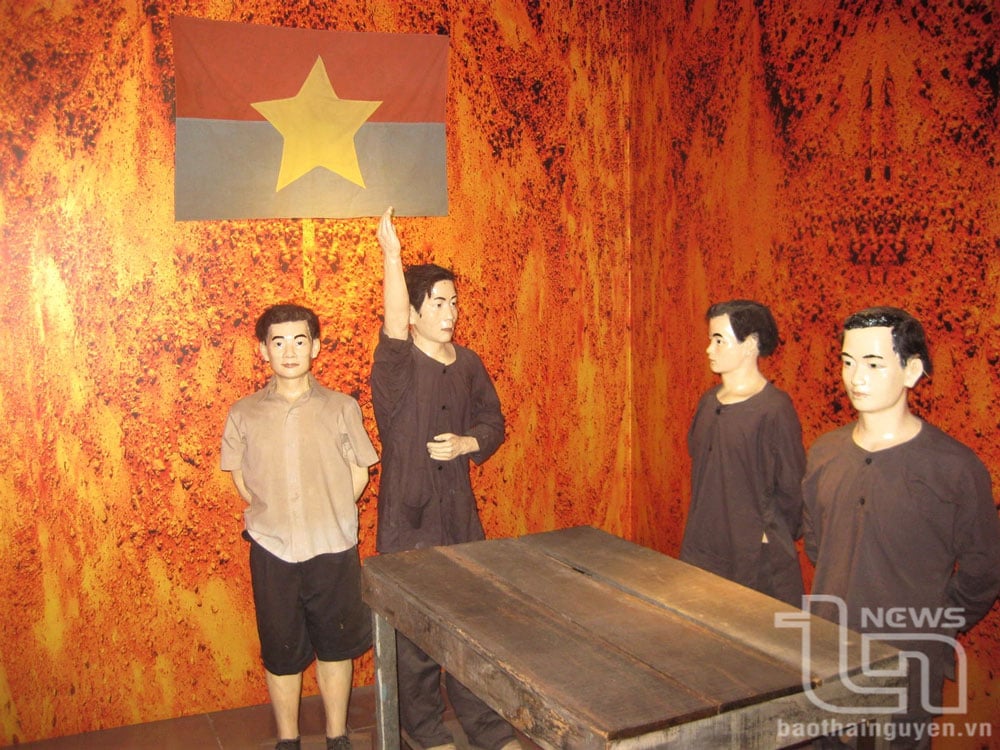 |
| The Command Center meeting room inside the tunnels. |
Descending into the tunnels (a model for our tour), we saw firsthand the tools the locals used to dig and move soil. These included small hoes, hastily woven bamboo shovels for carrying earth, and old, worn-out storm lamps… The official from the Iron Triangle Tunnel Historical Site explained: “At that time, the area was under the control of the Americans and the South Vietnamese regime, so digging the tunnels required strict secrecy. Furthermore, the people had to take care of their crops, so they worked during the day and then went down to dig the tunnels at night. One person would dig, and another would carry the soil down to the Saigon River to avoid detection by the enemy.”
Soldiers, guerrillas, and local people dug more than 100km of tunnels, with 50 combat bunkers and many shelters, bunkers for treating the wounded, and bunkers for storing weapons, food, and supplies. The tunnels became an "impregnable" fortress and a base for many resistance organizations and agencies.
Serving as both a safe haven and a fortified underground stronghold, this tunnel system also acted as a battleground for eliminating the enemy on the spot. Through the exhibits arranged underground, including the command bunker, the infirmary, the kitchen area, and numerous artifacts such as a film projector from the I4 organization (the propaganda department of the Gia Dinh City Youth Union), a typewriter, homemade lamps made from shell casings, American cluster bombs, T40 ammunition, etc., I felt the horrors that once took place on the surface and the safety within the tunnels.
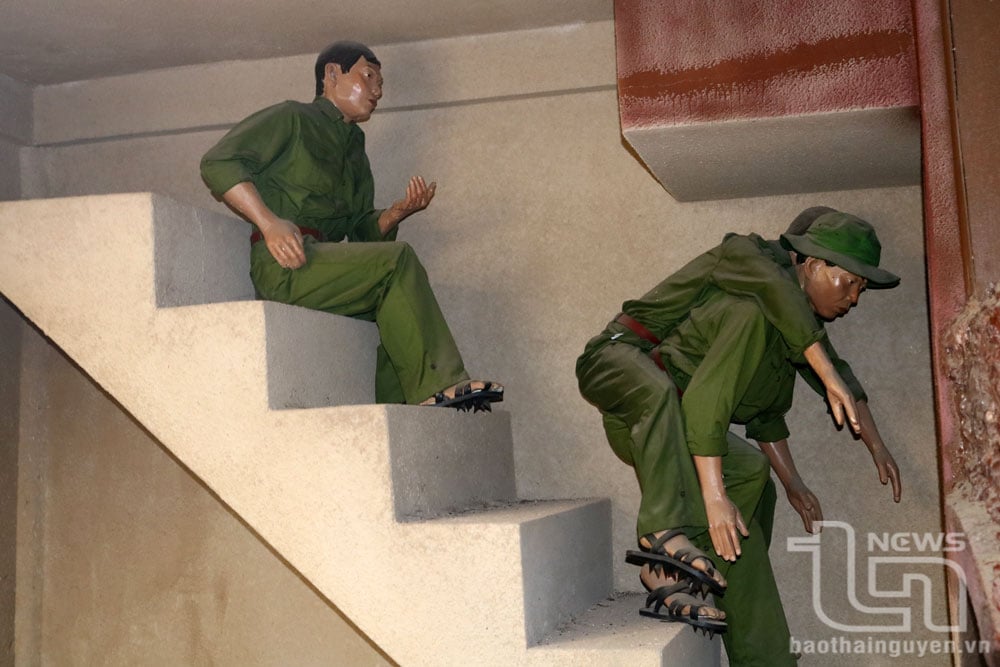 |
| During combat, wounded soldiers were moved to safe shelters in underground tunnels. |
Because of its strategic location, our army and people could stockpile food and weapons, and swiftly deploy troops to liberate Saigon. Therefore, throughout the 20 years of resistance against the American imperialist invasion, this land was stained with blood and suffering. Many times, the land of the three communes of An Dien, An Tay, and Phu An was devastated by bombs and bullets, turning into barren land, but life continued to flourish within the tunnels.
The tour guide's words resonated with emotion: "The Americans and the South Vietnamese were furious about the existence of this land, so they launched many large-scale attacks. They even sent B52 bombers to drop bombs and heavy artillery to devastate fields and burn houses, further fueling the resentment of the people. It was also here that the soldiers and local guerrillas fought some truly extraordinary battles. Some former American soldiers who have returned are still terrified by the sight of the bamboo spikes and sharp arrows."
In 1967, the US and South Vietnamese forces used the most modern war equipment available at the time to launch a full-scale offensive to wipe out this area. The large-scale sweep operation, codename Cedar Falls, took place from January 8th to 26th, 1967, involving 30,000 troops, 400 tanks, 80 warships, 100 artillery pieces, and various bomber aircraft, including B-52s. However, they were powerless because after each bombing raid, their troops were forced to retreat due to incoming shells from unknown sources. Panicked, they retreated with a disastrous defeat: 3,200 US and South Vietnamese soldiers were killed on the spot, 149 tanks and armored vehicles were destroyed, 28 aircraft were shot down or damaged, and 2 warships were sunk or set ablaze.
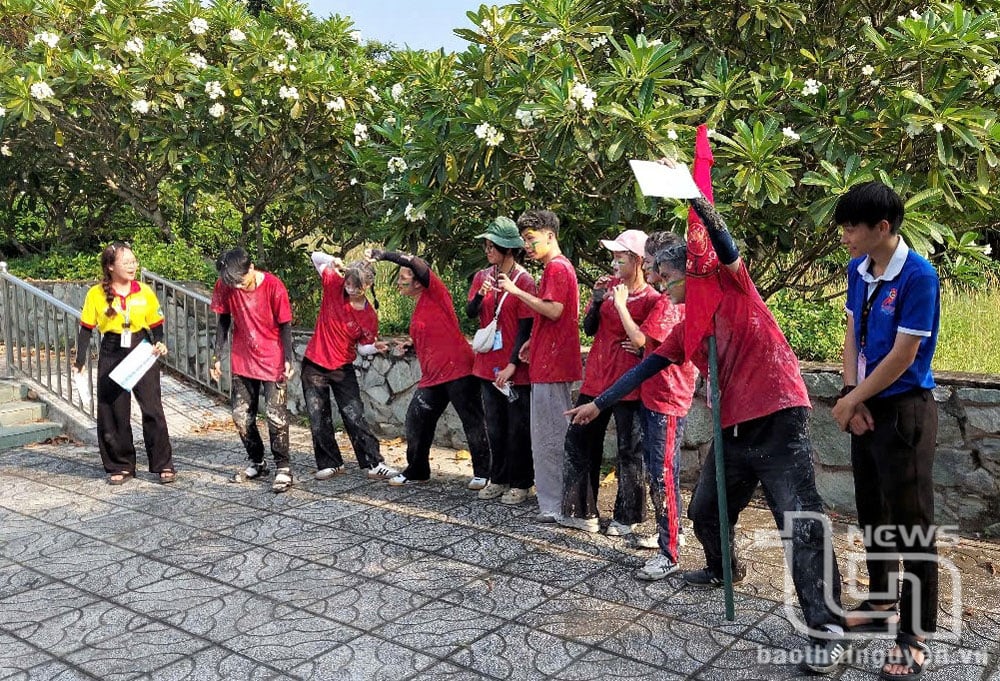 |
| Many meaningful activities were organized by agencies, units, and schools at the Iron Triangle Tunnel Historical Site. |
The war is over, the hatred has subsided, and in 1996, the Iron Triangle Tunnels were recognized as a National Historical Monument. For many years now, the Iron Triangle Tunnels Historical Site has become a significant location for educating future generations about national traditions.
Because of the fierce war, without the tunnels, the leaders at that time could not have survived, and the Southwest Ben Cat tunnels were the center (cradle) of tunnel warfare in the Southeast region (Nguyen Van Linh, General Secretary of the Central Committee of the Communist Party). |
Source: https://baothainguyen.vn/van-hoa/202504/thanh-luy-thep-trong-long-dat-d1b0729/




![[Photo] Prime Minister Pham Minh Chinh presides over a meeting on private sector economic development.](/_next/image?url=https%3A%2F%2Fvphoto.vietnam.vn%2Fthumb%2F1200x675%2Fvietnam%2Fresource%2FIMAGE%2F2025%2F12%2F20%2F1766237501876_thiet-ke-chua-co-ten-40-png.webp&w=3840&q=75)






























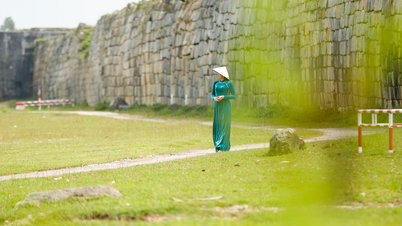



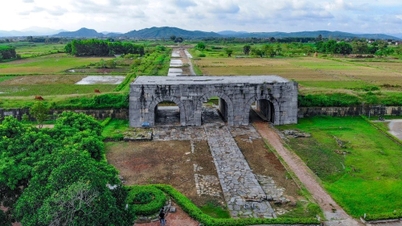






























































Comment (0)